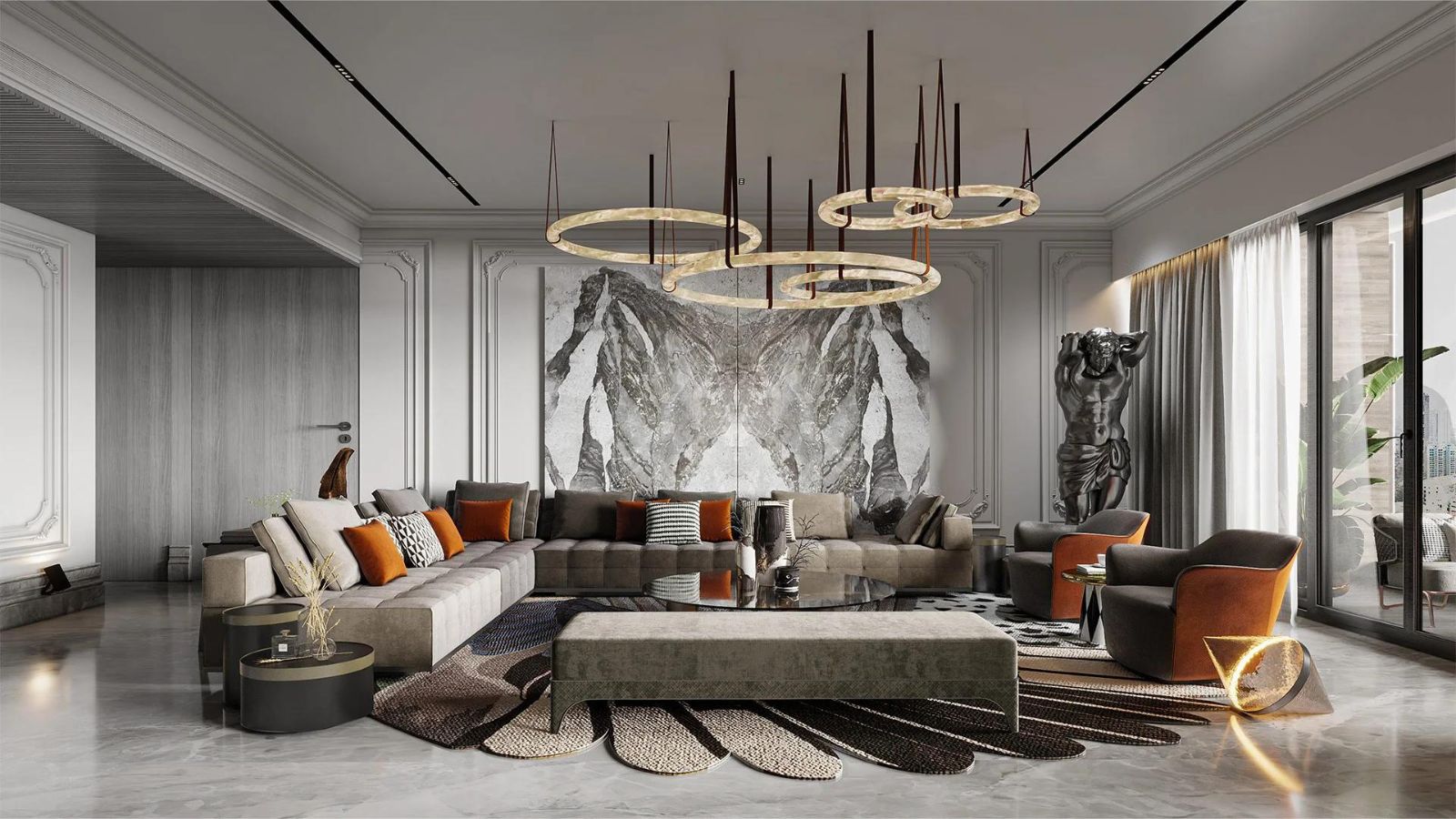In the ever-evolving world of interior design, trends come and go. However, the fundamental principles of good design – balance, proportion, rhythm, emphasis, and unity – remain the same. This article delves into the world of residential interior design, offering insights and tips to help homeowners create their dream home.
Residential Interior Design
Residential interior design plays a vital role in transforming any house into a home. It’s more than just an aesthetic; it heavily impacts the quality of an individual’s daily life. A well-designed abode reflects a homeowner’s personality and serves as an extension of themselves.
Balance, proportion, rhythm, emphasis, and unity – these are the enduring principles of good design when it comes to residential spaces. A balance between all these aspects results in a space that’s not just appealing to the eye, but also functional in terms of everyday usage.
A well-thought-out interior design plan takes into account a multitude of factors. These include an individual’s lifestyle, the functionality and size of individual rooms, colour schemes, lighting plans, furniture placement, and room layout. Every single element and detail, no matter how small, is considered carefully. This way, an interior design transcends from being just about mere looks to becoming a master plan for a comfortable and harmonious living environment.
Interestingly, interior design is not static. The industry keeps evolving rapidly with trends that not only cater to the latest styles but also to the changing needs of the population. For instance, modern designs are now gravitating towards creating multi-functional, eco-friendly spaces.
 Elements of Residential Interior Design
Elements of Residential Interior Design
The foundation of residential interior design comes from elements that work together to create a harmonious space. It’s these main constituents that aid in providing comfort functionality and beauty.
Crucial elements play a pivotal role – space, line, forms, light, colour, texture, and pattern. They’re integral to understanding how to create an aesthetically pleasing and useful interior space.
Space is the basic building block of interior design – it’s essentially the stage where the entire design acts out. The designer should consider the three-dimensional space comprising length, width and height. Furthermore, taking the occupied and unoccupied spaces into account is paramount for crisper space planning.
Lines in the design establish shape and form. As the contours of any room or a piece of furniture they guide the eye along the path they create. There are three types of lines – Horizontal, Vertical and Dynamic.
- Horizontal lines, created by tables and other surfaces give a sense of stability.
- Vertical lines, seen in doorways and tall items lend a feel of balance and structure.
- Dynamic lines with their zigzags or curves add drama and can be visually exciting.
The Form of an object in the room interacts with the line and space to add to the aesthetics.
Light illuminates space and elevates mood. A well-lit room with strategically placed light sources enhances the colour, form and line of a room.
 Creating a Cohesive Space
Creating a Cohesive Space
Creating a cohesive space in residential interior design isn’t just about matching colours, lines or form. It’s a careful arrangement that reflects the homeowner’s personal style yet remains functional. Aesthetic appeal aside, practical considerations can’t be overlooked.
An evident thread in ensuring harmony within a space connects with smart use of design elements. Whether it’s the interaction of form with space, impact of lighting or influence of colour, every feature plays a vital role. The layering and balance of these elements help to evoke a certain mood, tie together specific room features and set up a comfortable atmosphere for the inhabitants to enjoy.
A well-articulated use of space takes into account the dimensional aspect. A three-dimensional approach is vital, considering not just the floor area, but also the vertical design that involves space optimization. It’s a harmonious blend of furniture layout, wall decor, and the positioning of other room elements.
The manipulation of lines, be it vertical, horizontal, or dynamic, contributes to the perceived shape and size of the room. Combined with form, it can either make a room feel spacious or compact, soft or edgy depending on the desired effect.